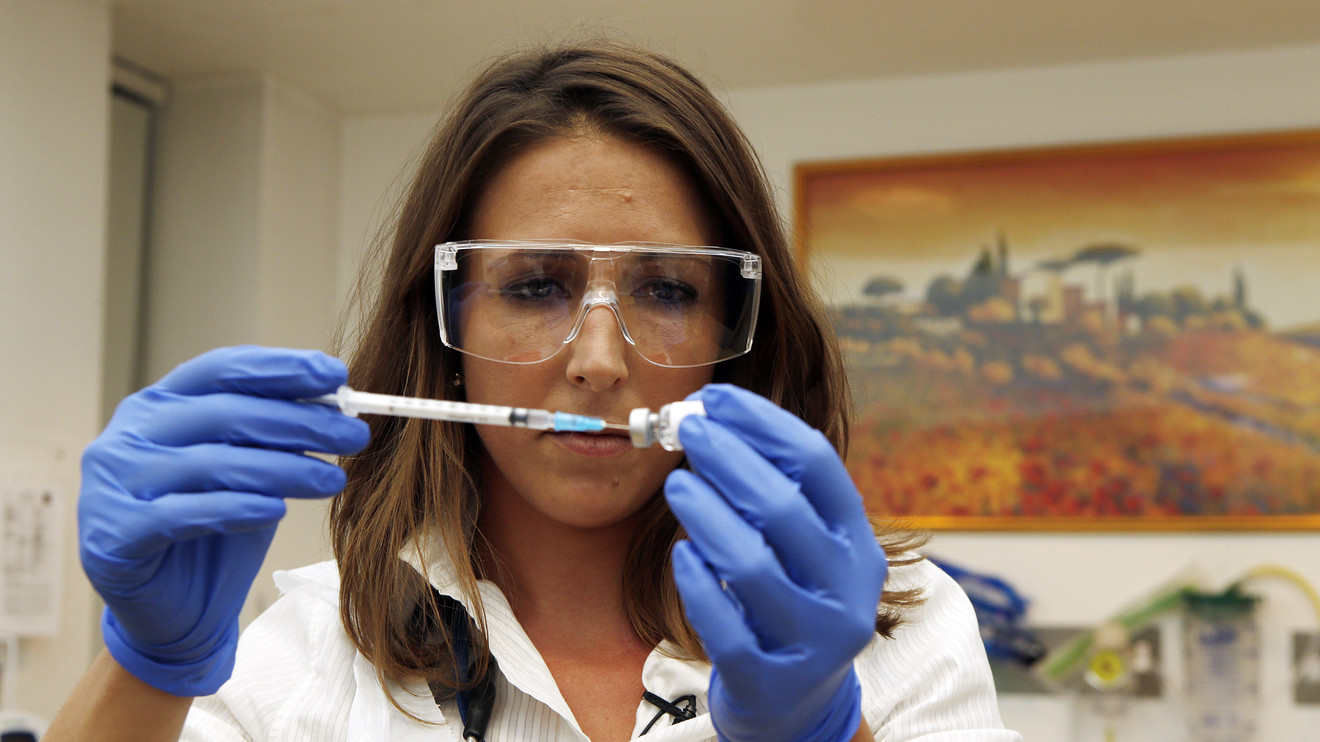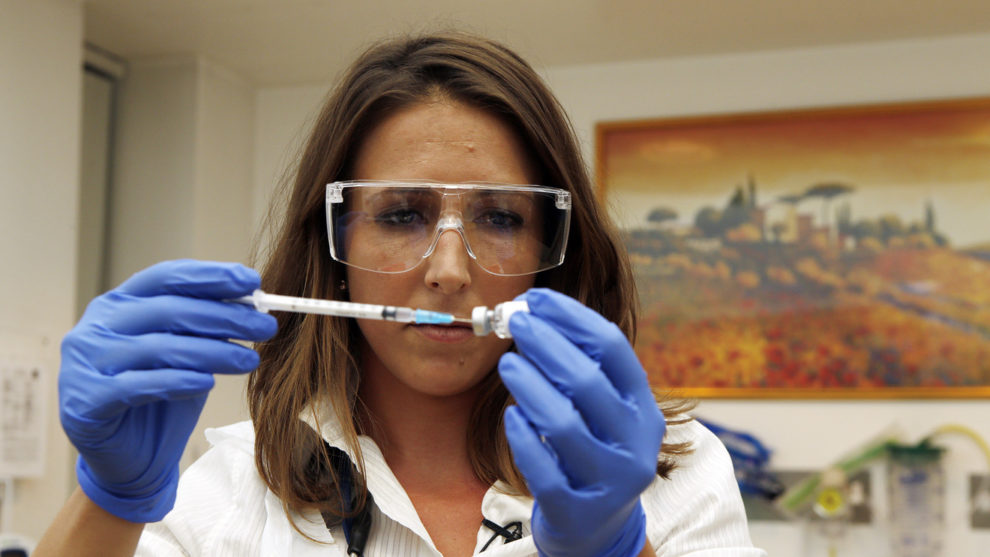
The Wuhan coronavirus, first reported Dec. 31, has taken 2,130 lives and infected 75,781 people in the process.
Thirty countries and territories have confirmed cases of the illness, called COVID-19; despite the containment measures in place, the number is still on the rise, seemingly unfettered. As the outbreak claims more lives and the number of infected continues to grow, pharmaceutical companies, governments, universities and the World Health Organization are working around the clock to develop a vaccine.
Once it is eventually developed, tested and administered, a vaccine will enable an individual’s immune system to effectively respond to the viral infection, preventing its propagation among the inoculated.
Read: China’s tourism and automotive industries sink amid COVID-19 outbreak
However, devising a vaccine is rarely quick or simple. Historically, the development takes 10 to 15 years. This time, due to a global effort and the virus’ similarity to the SARS virus in 2003, the process may be much faster, with estimates ranging from 12 to 18 months.
Here’s what the development of a vaccine entails:
The first stage, also known as the exploratory stage, was made possible in January thanks to Melbourne’s Doherty Institute. Researchers in Melbourne were the first to successfully grow the virus outside of China, giving their colleagues in other countries access to live samples and creating prerequisites for the second stage of the development, aka the preclinical stage.
Understanding how a virus works — its characteristics and the way it affects the infected organism — is crucial in this stage. For this, an animal model is needed. That is, a nonhuman species that shares enough similarities with human organisms for scientists to approximate the effect of the virus on humans.
Once a viable vaccine without detrimental side effects is developed based on animal-model research, it is time for stage three: clinical development. Usually, this stage requires some sort of government approval, since it involves testing the vaccine on humans.
After the approval has been granted, three trial phases of human testing take place, each broader than the previous. The aim is to determine the safety and effectiveness of the vaccine, as well as other important information, such as dosage, immunization schedule, rare side effects, etc.
Once a vaccine passes all three trials, it has to be approved by a government organization. In the U.S. that would be the Food and Drug Administration, whose Center for Biologics Evaluation and Research (CBER) is responsible for regulating vaccines.
The tested and approved vaccine now faces another challenge: manufacturing and quality control. In this final stage, the vaccine needs to be manufactured cost-effectively in mass quantities to satisfy the needs of the global infected population, while (preferably) being submitted to special “phase four” trials designed to monitor its performance, safety and effectiveness.
As you can see, releasing an effective pharmaceutical agent to fight the virus takes considerable effort — a fact that pharmaceutical companies around the world are well aware of. A growing number of companies have already started forming partnerships to accelerate development or delivery of the vaccine.
Clinical Trials Arena lists endeavors from both pharmaceutical companies and research organizations such as the National Institutes of Health (NIH) in the U.S. GlaxoSmithKline GSK, -0.30%, Inovio Pharmaceuticals INO, -4.46%, Innovation Pharmaceuticals IPIX, +5.00%, Moderna MRNA, -2.01%, Novavax NVAX, -0.13%, Clover Biopharmaceuticals and Codagenix are just some of the names working on the development of the vaccine on their own or in partnerships with governments or other companies.
So far, 114 medical trials have been registered in the Chinese Clinical Trial registry, and this number is only expected to grow as more companies join in the effort to fight the coronavirus.
The road ahead is long and rough, but some progress has already been made. Certain HIV drugs have been proven to treat the coronavirus infection, affecting the virus’ ability to replicate. Some of these medicines were tested during the 2003 SARS outbreak and are now expected to yield positive results on the new virus, or at least reduce the mortality rate caused by COVID-19.
Other approaches include using regular anti-flu medicine and blood plasma transfers between patients who survived the infection and those who are already infected, in the hopes that the transferred antibodies will bolster a body’s natural defenses. There have been rumors that a certain 1,000-year-old traditional Chinese herbal medicine called Shuanghuanglian could be effective, but so far, aside from triggering online shopping frenzy by desperate Chinese, these rumors have proven to be untrue.
Which method will prove the most successful in eradicating the new coronavirus remains to be seen, but one thing is certain: Global pharma is on high alert, and the clock is ticking.
Jurica Dujmovic is a MarketWatch columnist.
div > iframe { width: 100% !important; min-width: 300px; max-width: 800px; } ]]>











Add Comment